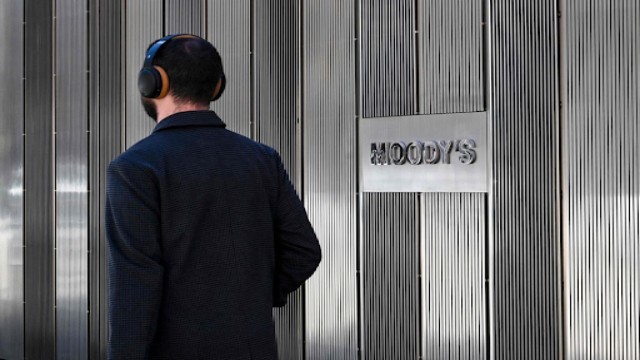
Passengers are stranded at the airport due to Microsoft outage (Yahoo)
On Friday, stock markets on Wall Street and across Europe took a hit as a major IT failure caused widespread disruptions. The chaos was triggered by a significant outage linked to Microsoft, affecting major banks, media companies, airlines, and other businesses worldwide.
The disruption, which began earlier in the day, led to difficulties for users trying to access various apps and services. Microsoft announced it was taking steps to address the problem but did not provide a timeline for when things would return to normal. Reports suggest the issue might be related to a problem at CrowdStrike, a global cybersecurity firm.
CrowdStrike's stock plummeted by as much as 15%, reaching a two-month low. This sharp drop in its share price wiped out approximately $12.2 billion from the company’s market value. The ripple effects of the outage were felt across multiple sectors. Airlines and airports globally faced major operational issues, leading to flight delays and cancellations. The London Stock Exchange also struggled with technical problems due to the outage, impacting its trading platform.
In the UK, major rail operators, including Govia Thameslink Railway, which runs Southern, Thameslink, Gatwick Express, and Great Northern services, warned passengers to expect significant disruptions. This added to the day’s woes for commuters and businesses alike.
As a result of these disruptions, stock indexes in Europe experienced declines. The FTSE 100 in London fell by 0.7%, Germany's DAX dropped by 0.9%, and the CAC 40 in Paris went down by 0.7%. The pan-European STOXX 600 index also lost 0.8% of its value.
Wall Street, opening amid the global tech chaos, also saw declines. The pound weakened slightly, falling by 0.2% against the US dollar, trading at 1.2917.
Dan Coatsworth, an investment analyst at AJ Bell, noted that the impact of the outage largely depends on its duration. While a few hours of disruption might be inconvenient, prolonged issues could have serious consequences for companies and the broader economy. Despite the disruption to corporate news feeds and information terminals, stock markets continued to operate. Futures prices indicated a small decline for Wall Street, but investors had not shown panic, though this could change depending on how the situation develops.















